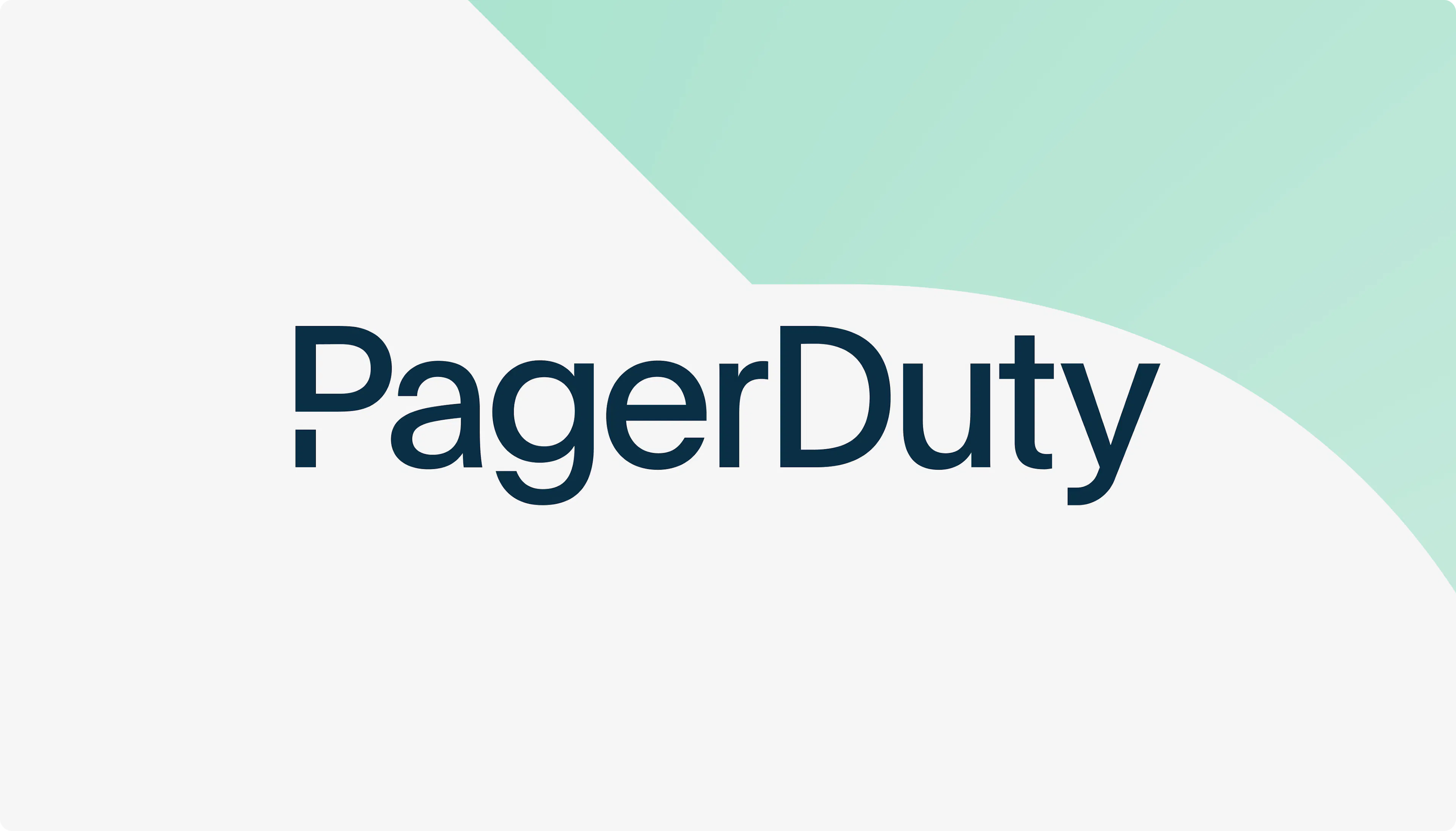PagerDuty: Streamlining Incident Response and Management
 Cloud Tuned
Cloud Tuned
PagerDuty: Streamlining Incident Response and Management
In the dynamic landscape of IT operations and software development, ensuring rapid and effective incident response is essential for maintaining service reliability and customer satisfaction. PagerDuty, a leading incident management platform, offers a comprehensive solution for orchestrating incident response, managing on-call rotations, and minimizing downtime. In this article, we'll explore what PagerDuty is, how it works, and why it's a crucial tool for modern organizations striving to deliver uninterrupted services.
What is PagerDuty?
PagerDuty is a cloud-based incident management platform that helps organizations streamline their incident response processes and ensure timely resolution of critical issues. It provides a centralized hub for receiving, triaging, and resolving incidents, as well as for coordinating communication and collaboration among response teams. With PagerDuty, organizations can reduce response times, improve service reliability, and minimize the impact of downtime on their operations.
How Does PagerDuty Work?
PagerDuty operates as a central hub for managing incidents and coordinating response efforts across teams and systems. Here's how it works:
1. Incident Alerting:
PagerDuty integrates seamlessly with monitoring and alerting tools, such as monitoring systems, logging platforms, and application performance monitoring (APM) solutions. When an issue occurs, these tools trigger alerts that are sent to PagerDuty, which then routes them to the appropriate response team based on predefined escalation policies and routing rules.
2. On-Call Management:
PagerDuty helps organizations manage on-call rotations for their teams responsible for responding to incidents. It allows teams to create on-call schedules, define escalation policies, and configure notification preferences. PagerDuty automatically notifies on-call responders when incidents occur, ensuring that the right people are alerted promptly.
3. Incident Triage and Response:
When an incident occurs, PagerDuty provides a centralized incident dashboard where responders can view and manage active incidents in real-time. Responders can acknowledge incidents, collaborate on troubleshooting efforts, and communicate updates to stakeholders using built-in chat and collaboration tools.
4. Automated Workflows and Remediation:
PagerDuty offers automation capabilities to streamline incident response workflows and facilitate remediation efforts. Organizations can create custom incident response playbooks and automate routine tasks, such as restarting services, scaling resources, or triggering automated runbooks, to accelerate resolution times and minimize manual intervention.
5. Post-Incident Analysis:
After incidents are resolved, PagerDuty provides tools for post-incident analysis and reporting. Organizations can review incident timelines, analyze response metrics, and identify areas for improvement using PagerDuty's analytics and reporting features. This helps organizations learn from past incidents and continuously improve their incident response processes.
Why Use PagerDuty?
The adoption of PagerDuty offers several benefits for organizations seeking to improve their incident response capabilities:
Faster Incident Resolution: PagerDuty helps organizations reduce response times by automatically alerting the right people at the right time and facilitating rapid collaboration and communication among response teams.
Improved Service Reliability: By centralizing incident management and streamlining response processes, PagerDuty helps organizations minimize downtime, reduce service disruptions, and maintain high levels of service reliability for their customers.
Enhanced Operational Efficiency: PagerDuty automates routine tasks and workflows, enabling organizations to focus their efforts on resolving incidents and addressing root causes rather than on manual, repetitive tasks.
Increased Visibility and Accountability: PagerDuty provides real-time visibility into incident status, response metrics, and performance indicators, enabling organizations to track response effectiveness, measure impact, and hold teams accountable for their actions.
Scalability and Flexibility: PagerDuty scales with organizations as they grow, supporting thousands of users, teams, and integrations. Its flexible platform allows organizations to customize workflows, policies, and integrations to suit their unique requirements and use cases.
Getting Started with PagerDuty
To get started with PagerDuty, follow these steps:
Sign Up for an Account: Visit the PagerDuty website and sign up for an account. Choose a subscription plan that aligns with your organization's needs and requirements.
Integrate Monitoring Tools: Connect PagerDuty to your existing monitoring and alerting tools, such as monitoring systems, logging platforms, and APM solutions. Configure integrations to send alerts to PagerDuty when incidents occur.
Set Up On-Call Schedules: Create on-call schedules for your response teams and configure escalation policies and notification preferences. Ensure that the right people are notified promptly when incidents occur.
Define Incident Response Workflows: Create custom incident response playbooks and automation rules to streamline response workflows and facilitate remediation efforts. Define standard operating procedures for different types of incidents.
Train and Educate Teams: Provide training and education to your response teams on PagerDuty's features, workflows, and best practices for incident response. Ensure that teams are familiar with their roles and responsibilities during incidents.
Monitor and Iterate: Monitor the effectiveness of your incident response processes using PagerDuty's analytics and reporting features. Gather feedback from teams, stakeholders, and customers, and iterate on your processes to continuously improve incident response capabilities.
Conclusion
PagerDuty is a powerful incident management platform that helps organizations streamline their incident response processes, minimize downtime, and ensure service reliability. By centralizing incident alerting, automating workflows, and facilitating collaboration and communication among response teams, PagerDuty enables organizations to respond to incidents faster, mitigate the impact of downtime, and maintain high levels of service availability for their customers. Whether you're a small startup, a mid-sized enterprise, or a large corporation, PagerDuty provides the tools and capabilities you need to effectively manage incidents and deliver uninterrupted services in today's fast-paced digital world.
Subscribe to my newsletter
Read articles from Cloud Tuned directly inside your inbox. Subscribe to the newsletter, and don't miss out.
Written by
